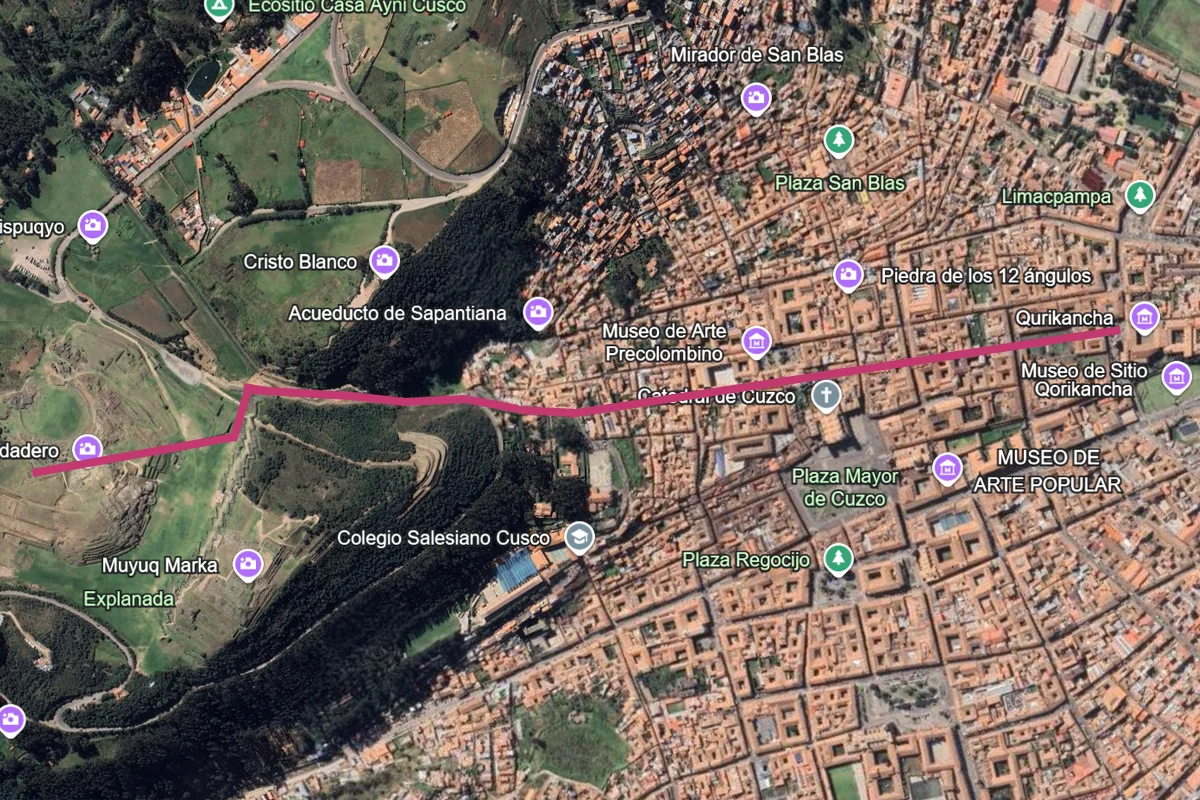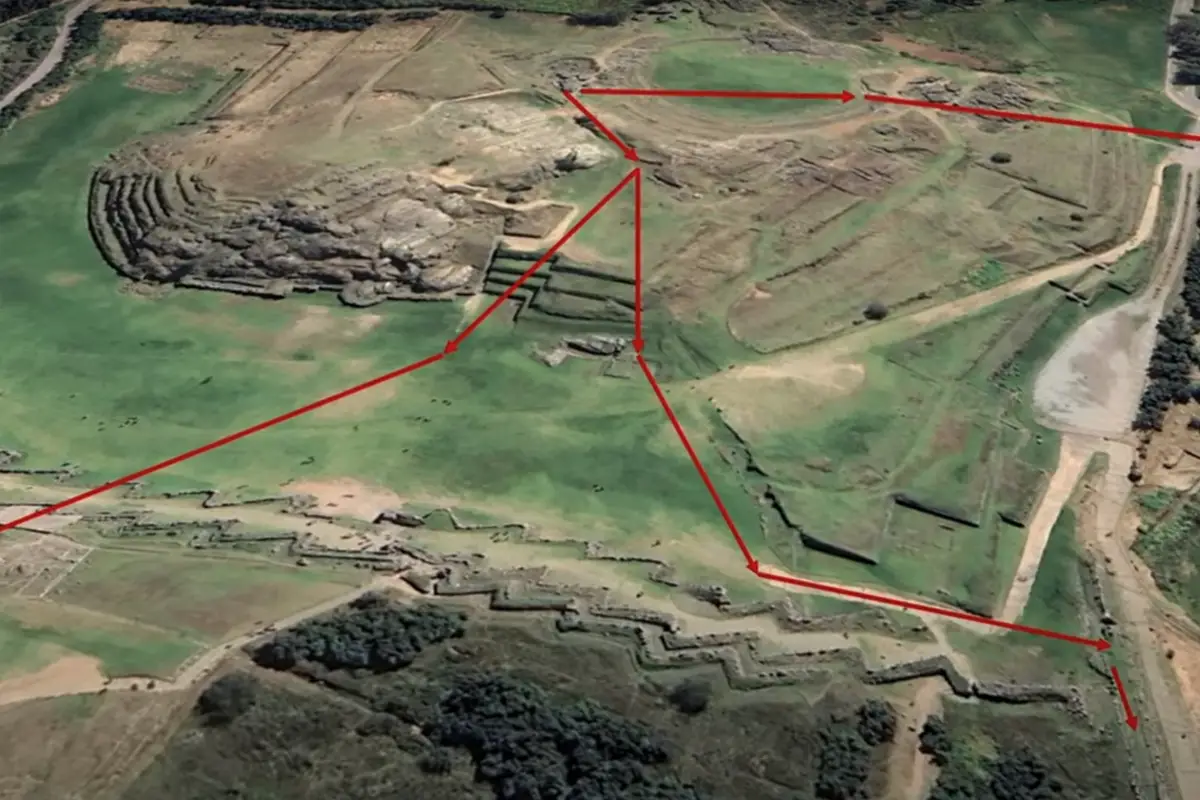Archaeologists have announced the discovery of a Chinkana tunnel system (meaning “labyrinth”), stretching over 1,750 metres beneath the city of Cusco.
Cusco served as the administrative, political, and military capital of the Inca Empire, which evolved from the small city-state known as the Kingdom of Cusco.
Founded in the early 13th century AD, the kingdom steadily expanded through warfare and peaceful assimilation, eventually becoming the vast Inca Empire, which flourished from 1438 until the Spanish conquest led by Francisco Pizarro.
During a press conference titled “Chinkana: Unveiling of a Mystery” held at the Provincial Municipality of Cusco, archaeologists announced a Chinkana tunnel system beneath Cusco that spans over 1,750 metres from the Temple of the Sun (the most important temple in the Inca Empire) and extending toward Sacsahuaman, a citadel on the northern outskirts of the city.

There are also three branches: One leading to Callispuquio, another to the Muyucmarca sector in Sacsahuaman, and a third that runs behind the Church of San Cristóbal.
Based on historical documents dating back to the 16th, 17th, and 18th centuries, the researchers used ground-penetrating radar, as well as results from acoustic prospecting studies to confirm the findings.
Historical records, particularly from an anonymous Jesuit in 1594, provided key insights into the tunnel’s layout. Documents revealed that when the Temple of the Society of Jesus was built, the Chinkana remained untouched, passing beneath the bishop’s houses behind Cusco Cathedral.
Cross-referencing these historical accounts led researchers to identify the Chinkana’s entrance in the Rodadero sector, referred to as the “H Temple.” From this point, the tunnel extends along the eastern side of the Rodadero geological formation, passing through the Sacsahuaman esplanade near a pre-Hispanic road.
The tunnel then curves left, descending toward the Choquechaca River, before aligning with Sacsahuaman’s massive stone walls and continuing toward the last terrace near the river. The tunnel route proceeds beneath the Colcampata Palace, reaching the Church of San Cristóbal, before continuing in a straight line toward the Church and Convent of Santo Domingo.
Header Image Credit : Association of Archaeologists of Peru
Sources : Association of Archaeologists of Peru





